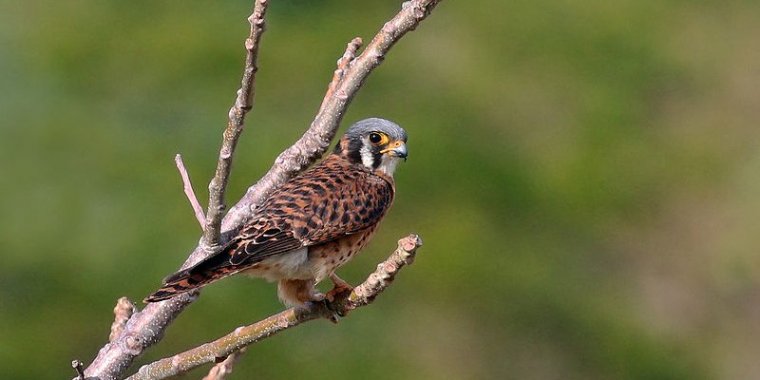| News / Science News |
American kestrels, most common predatory birds in U.S., can reduce need for pesticide use
Farmers are reducing the environmental impacts of pesticide use by attracting birds of prey to their lands. In some areas, American kestrels -- small falcons -- are replacing chemicals by keeping pests and invasive species away from crops.
Results of a new study, led by Michigan State University (MSU) scientists showcase examples.
"Our research demonstrates that predators like American kestrels consume numerous crop pests and reduce crop damage, which are important ecosystem services. These pest-eating birds can be attracted to agricultural areas through landscape enhancements."
Kestrels consume crop pests such as grasshoppers, rodents and European starlings. In cherry orchards, the scientists found, kestrels significantly reduced the number of birds that eat fruit. Results from a related study of blueberry fields are pending.
Increasing native predatory birds in agricultural areas can control insect pests that damage crops, and potentially reduce pesticide use. These efforts can help with the reproductive success of declining bird species such as American kestrels, while producing fruit crops attractive to consumers.
The next steps are to measure the effects of specific landscape changes. Nest boxes and perches may bring in predatory birds more effectively, for example, than providing food. (National Science Foundation)
YOU MAY ALSO LIKE




